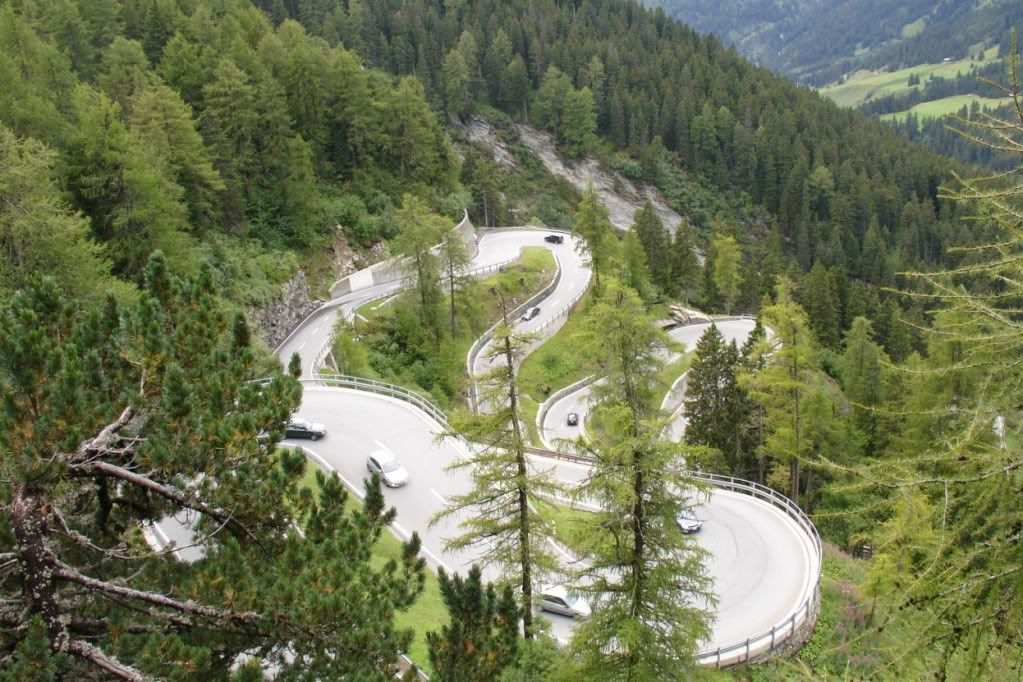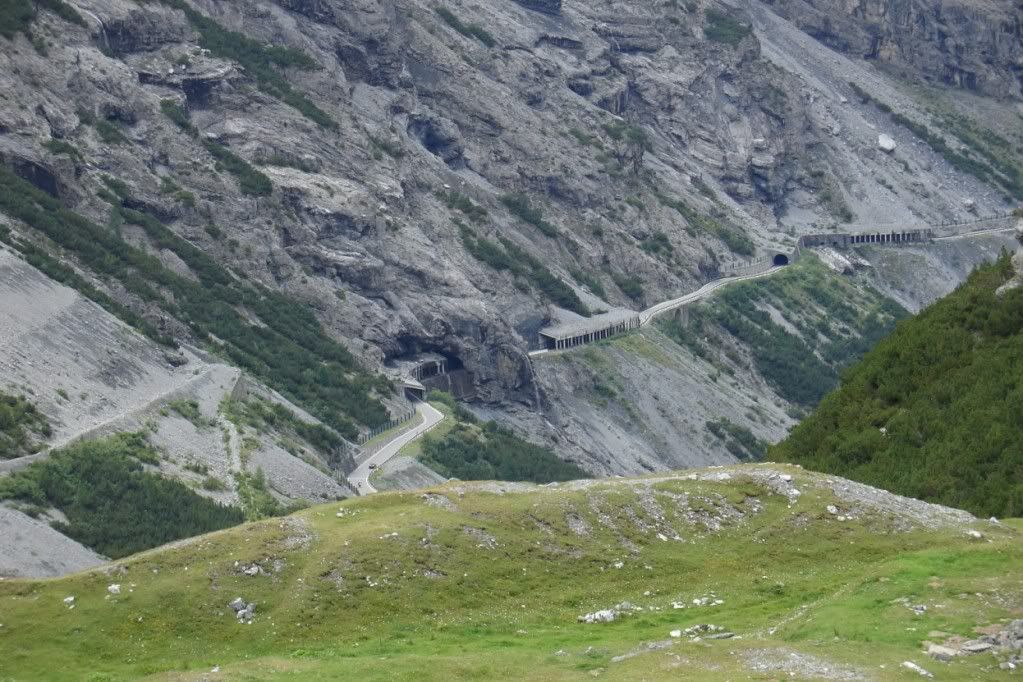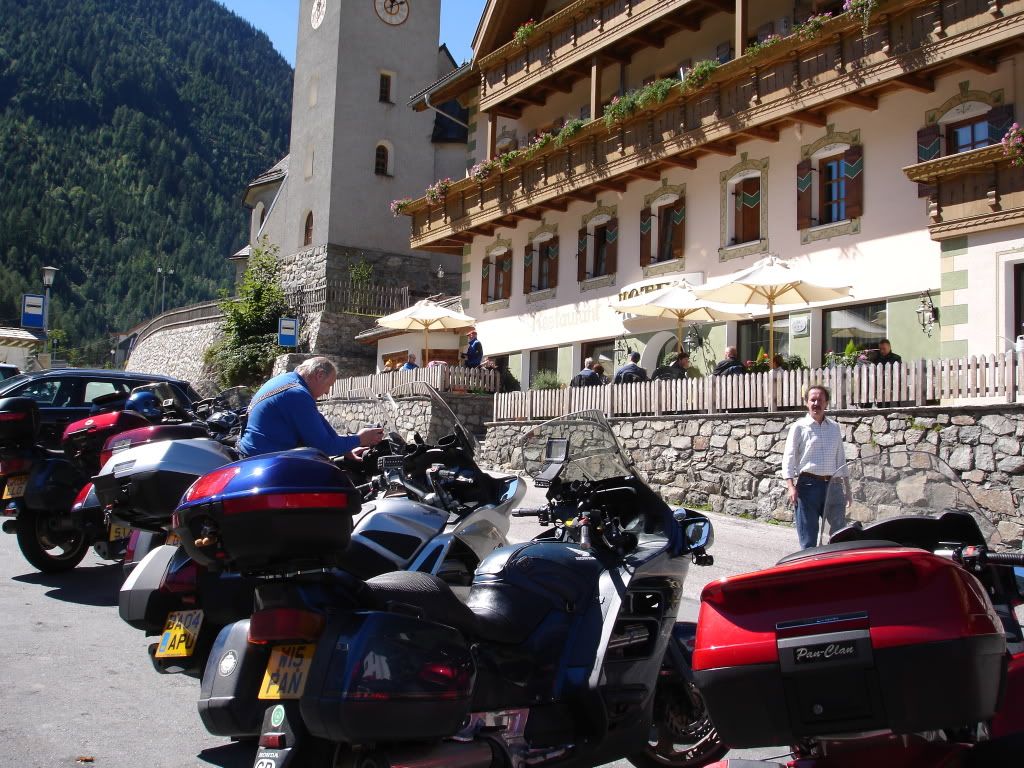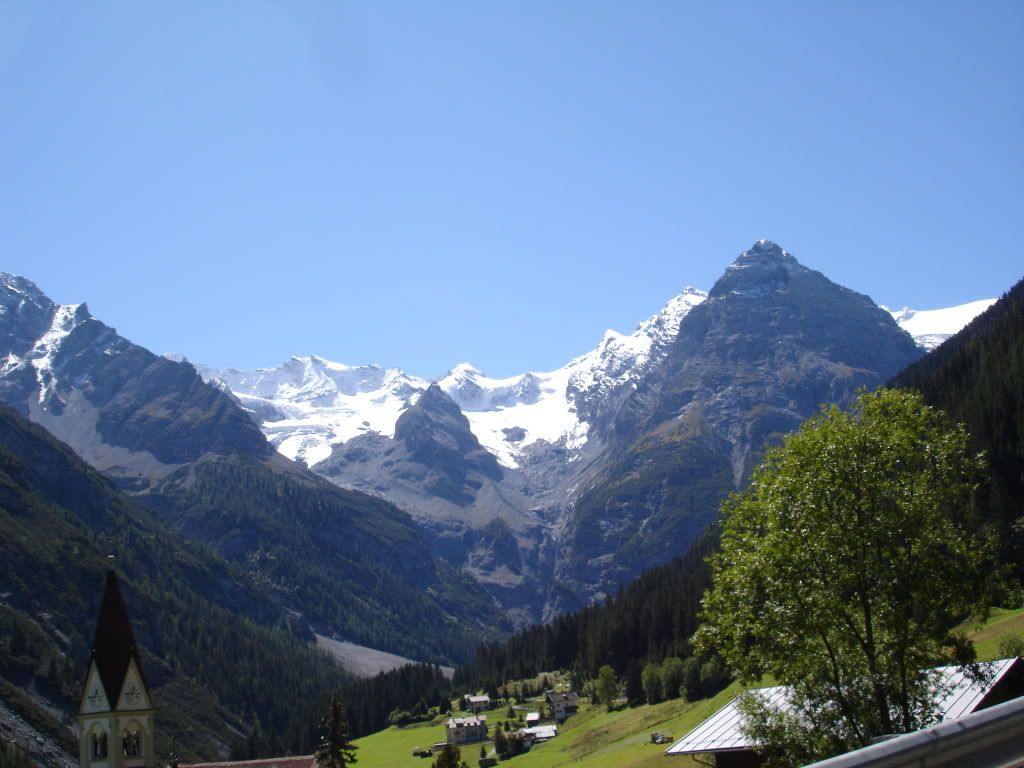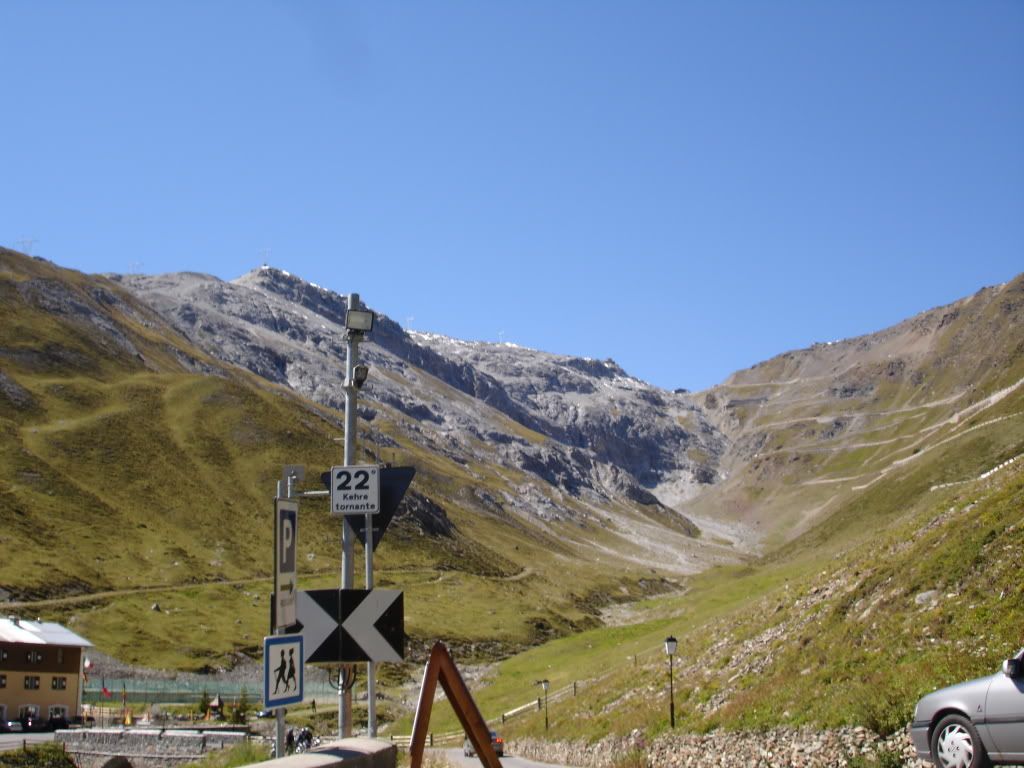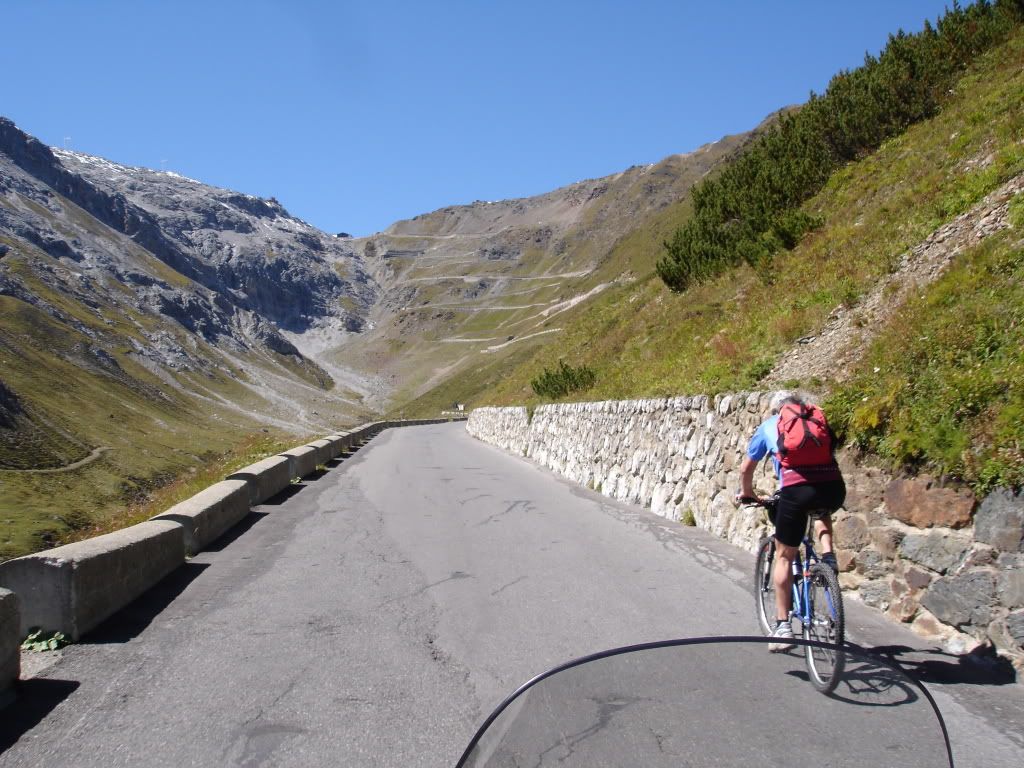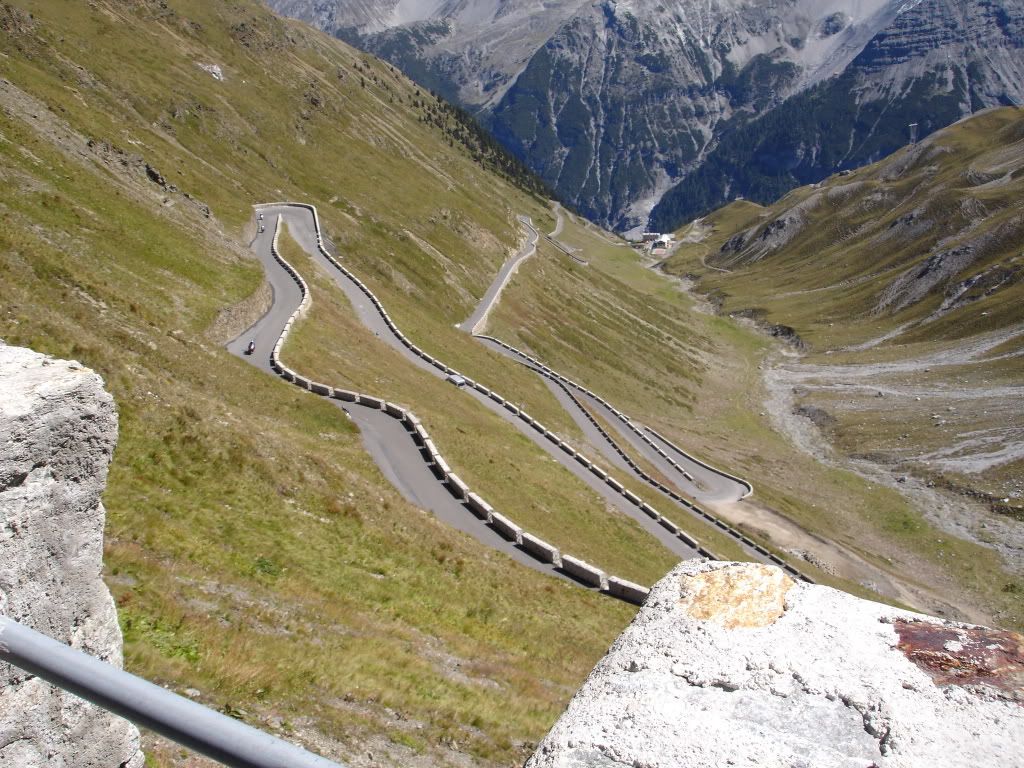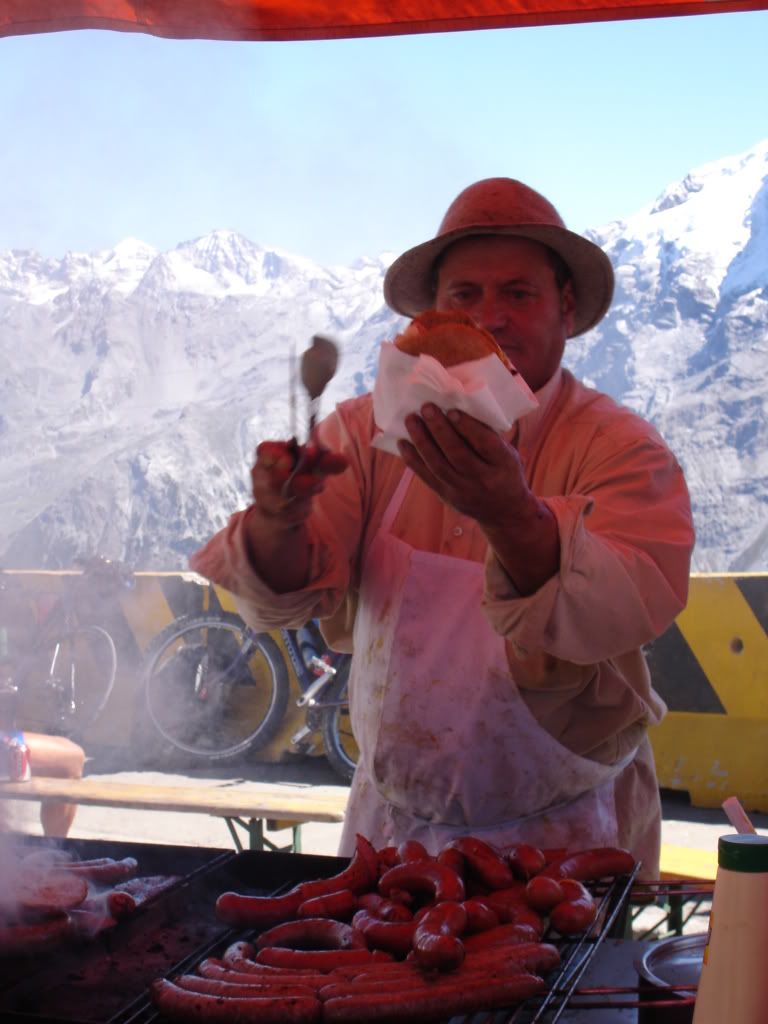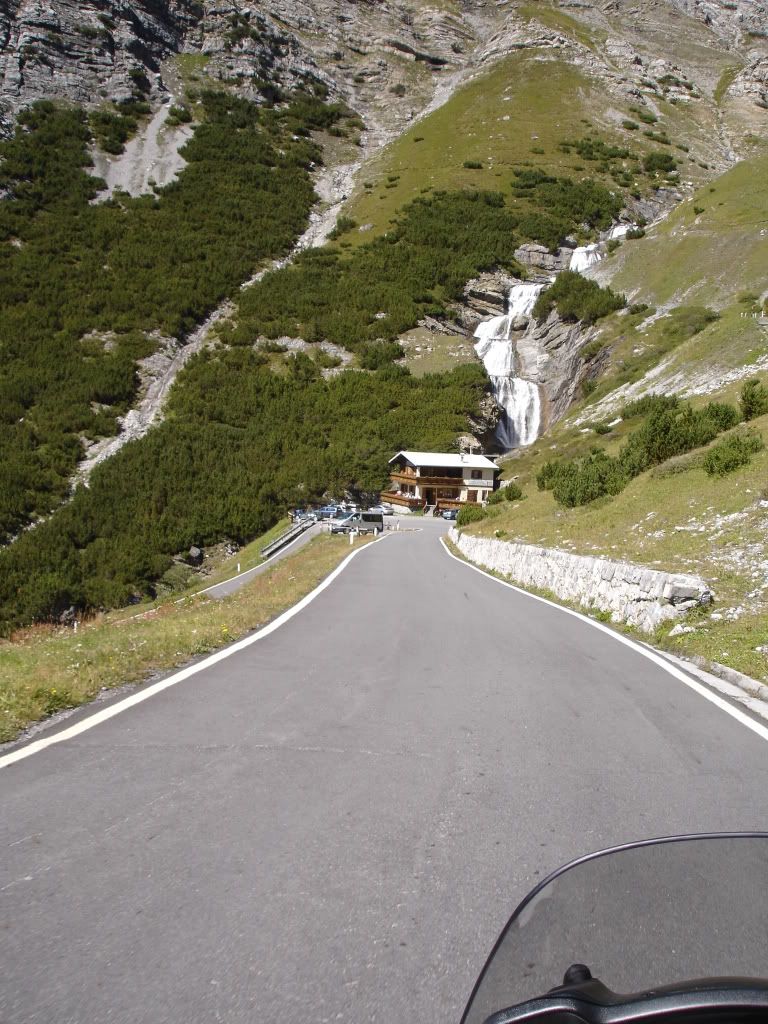- Joined
- Nov 6, 2007
- Messages
- 13,894
- Location
- North Oxfordshire
- Car
- His - Denim Blue A220 AMG Line Premium / Hers - Obsidian Black R172 SLK55
Yup, been over the Stelvio several times.
It is a fantastic road (probably the most scenic of all the Alpine passes), but it's very difficult to get a clear run at it, and more than likely you'll meet coaches and - depending upon the time of year - roadworks gangs repairing some of it! The history of the road is interesting too:
In 1818 under Emperor Franz, an order was given to plan the shortest connection between the Valtellina and the Val Veneosta. The engineer Carlo Donegani from Brescia finished the projection within 6 months and construction of the road was started in April 1820 on behalf of the Austrian empire. Employing around 2,000 workers, the road was finished in just over five years (although it effectively took less than two years of effort because of breaks for winter), opening in October 1825. The speed of construction was mainly due to the military importance of the route and the political climate of the time because since the contract of Vienna the empire of the Lombardei belonged to Habsburg and access was a priority. With the transfer of South Tyrol to Italy in 1919, the 48 kilometre long road came to be situated entirely on Italian land. The Stelvio is not an essential through-route, but it is one of the most magnificent mountain passes to be found in Europe. Until 1936, when the Col d’Iseran in France (2770m) was opened, it was the highest pass in Europe that could be reached by car as military use restricted access to the 2802m Col de la Bonnette/Restefond (France), until 1960.
It is a fantastic road (probably the most scenic of all the Alpine passes), but it's very difficult to get a clear run at it, and more than likely you'll meet coaches and - depending upon the time of year - roadworks gangs repairing some of it! The history of the road is interesting too:
In 1818 under Emperor Franz, an order was given to plan the shortest connection between the Valtellina and the Val Veneosta. The engineer Carlo Donegani from Brescia finished the projection within 6 months and construction of the road was started in April 1820 on behalf of the Austrian empire. Employing around 2,000 workers, the road was finished in just over five years (although it effectively took less than two years of effort because of breaks for winter), opening in October 1825. The speed of construction was mainly due to the military importance of the route and the political climate of the time because since the contract of Vienna the empire of the Lombardei belonged to Habsburg and access was a priority. With the transfer of South Tyrol to Italy in 1919, the 48 kilometre long road came to be situated entirely on Italian land. The Stelvio is not an essential through-route, but it is one of the most magnificent mountain passes to be found in Europe. Until 1936, when the Col d’Iseran in France (2770m) was opened, it was the highest pass in Europe that could be reached by car as military use restricted access to the 2802m Col de la Bonnette/Restefond (France), until 1960.

